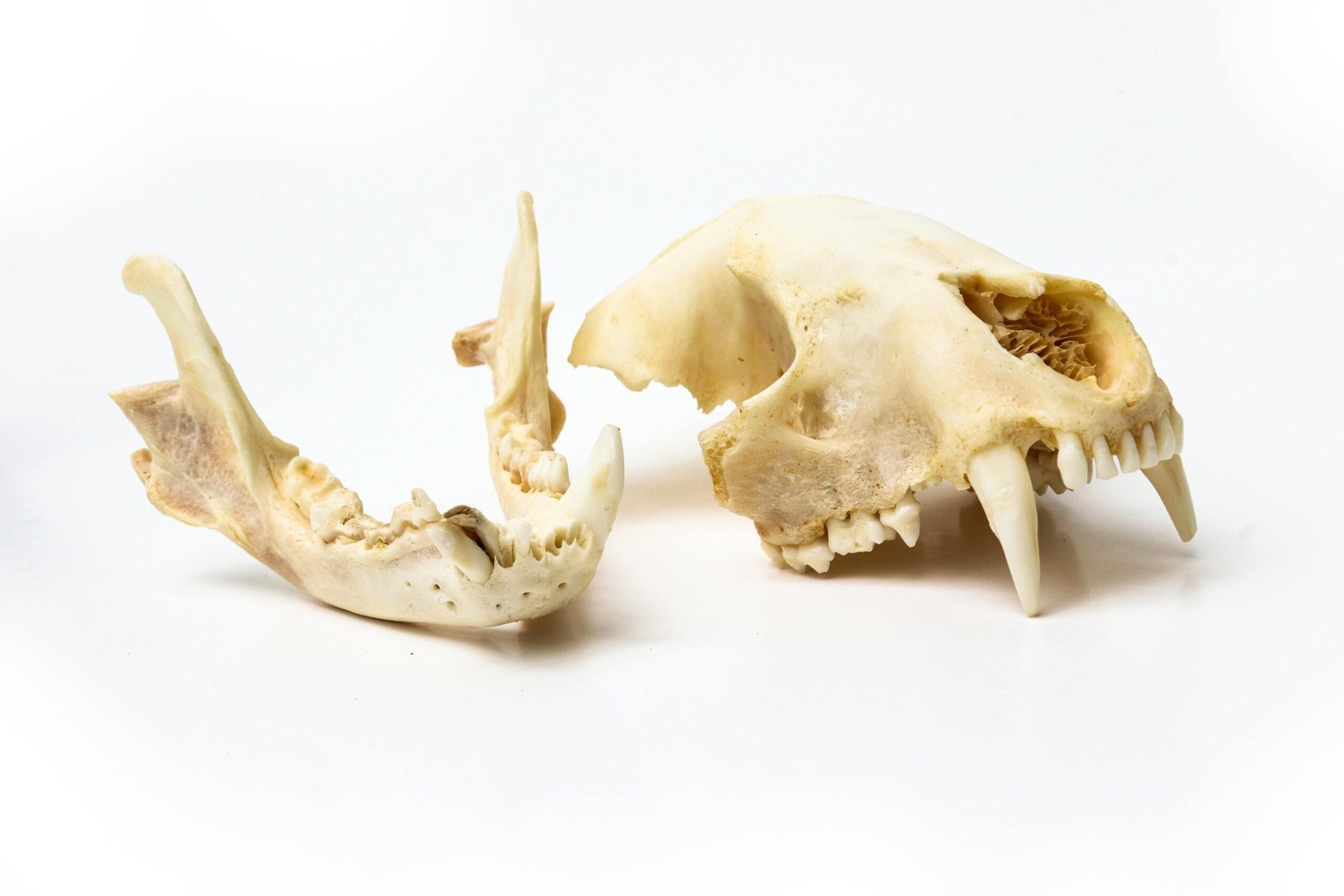Book Collection Conservation Techniques: How can one ensure that their cherished book collection withstands the test of time? This question is vital for bibliophiles, antique collectors, and anyone with a penchant for written history. Preserving a book collection goes beyond mere storage; it’s about employing effective conservation techniques that maintain the physical integrity and historical value of each book. With professional expertise and experience, this guide aims to provide comprehensive methods that can help safeguard your prized books for years to come.

Table of Contents
Understanding Book Conservation
Book conservation refers to the techniques used to maintain and preserve books, protecting them from deterioration while keeping them usable. This concept not only includes physical care but also historical preservation, ensuring that future generations can access these tangible pieces of history. Applying effective conservation methods means understanding the materials and structures that make up each book, and how environmental factors can affect them over time.
Historical Context of Book Preservation
Preservation of written texts dates back thousands of years. As early as the third century BC, manuscripts were copied and maintained in libraries like the Great Library of Alexandria. Throughout history, efforts to conserve books have evolved, from medieval monastic copying to the Library of Congress’s extensive preservation practices today. The goal has always been consistent: to ensure the survival of knowledge and culture encapsulated within these pages.
Environmental Factors Affecting Books
Books, being highly sensitive to their environment, require careful management of their surroundings for optimum preservation. Understanding these factors is key to effective book conservation.
Temperature and Humidity
Books thrive in stable environments, with temperatures between 60-70°F (15-21°C) and relative humidity between 40-50%. Fluctuations can cause paper to warp and ink to fade, while excessive moisture leads to mold. A stable climate prevents expansion and contraction of materials. Investing in a hygrometer and thermometer is advisable to monitor these conditions accurately.
Light Exposure
Exposure to light, particularly sunlight, can cause significant damage to books. Ultraviolet (UV) light leads to fading of inks and weakening of paper fibers. Books should be kept away from direct sunlight, and the use of UV-filtering films on windows or UV-filtering sleeves on lights can significantly mitigate damage.

Conservation Techniques for Book Collections
Several tried-and-tested methods have been developed to ensure the longevity of book collections. These involve both preventive measures and active conservation strategies.
Handling and Usage
Proper handling is fundamental. Always wash hands before handling books, as the natural oils on skin can transfer to pages, causing stains and deterioration over time. Using a book cradle can support books during reading or display, reducing stress on the spine and bindings. Also, it’s advisable to use bookmarks rather than folding pages.
Cleaning and Dusting
Regular cleaning prevents the accumulation of dust and potential pest infestations. A soft brush is effective for dusting books, starting from the spine outward. For tougher dirt, a clean, dry microfiber cloth or a special book-cleaning gel can be used.
Shelving Practices
The manner in which books are shelved plays a crucial role in their preservation. Books should stand upright and be supported evenly to prevent warping. Adjustable shelves cater to different-sized books and offer flexibility. For heavier tomes, horizontal stacking is recommended to avoid undue strain on bindings.
Binding and Repair
Over time, bindings may need reinforcement. Simple repairs can be made using book repair tape or specialized adhesives. For more complex issues, such as reattaching loose pages or covers, consulting a professional conservator is often the best course of action.
Pest Management
Books are prone to infestations from pests like silverfish and booklice. Preventive measures include maintaining cleanliness and dryness, using insect traps, and periodically inspecting the collection. In case of infestation, freezing the affected books can kill pests without the use of chemicals.
Advanced Conservation Techniques
For collections of significant historical or financial value, more advanced techniques are recommended.
Acid-free Enclosures
Storing books in acid-free, lignin-free enclosures like boxes or sleeves can provide additional protection from environmental factors. These materials prevent acid migration and are ideal for rare or valuable books.
Deacidification
Paper naturally becomes acidic over time, leading to brittleness. Deacidification methods, such as using alkaline solutions, neutralize acidity and extend the paper’s lifespan. This process is often conducted by professionals with specialized equipment.

Case Studies and Real-World Applications
Examining real-world examples of successful book conservation can be both inspiring and educational.
British Library’s Conservation Work
The British Library, holding one of the most extensive collections globally, has implemented cutting-edge conservation practices. They employ digital preservation techniques alongside traditional methods to balance usage with preservation, demonstrating a model for institutions worldwide.
Personal Libraries of Bibliophiles
Many private collectives have adopted innovative conservation methods. One notable example is the work of a bibliophile who combined modern technology with traditional knowledge, utilizing climate-controlled rooms and digital cataloging systems to manage and preserve their collection of rare manuscripts.
Visual Aids for Book Conservation
Visual resources such as infographics and tutorial videos can enhance understanding of these techniques.
Instructional Videos
Videos demonstrating step-by-step cleaning, shelving, and simple repair techniques can be invaluable. Platforms like YouTube offer a plethora of resources showing everything from basic dusting methods to crafting protective book covers.
Infographics
Infographics can serve as handy guides for quick reference. A well-designed infographic detailing the ideal shelving arrangements or the effects of varying humidity levels can streamline the implementation of conservation techniques.

Conclusion
The preservation of a book collection involves a careful balance of environment management, handling practices, and proactive conservation techniques. By understanding and applying these methods, one can ensure that their collection remains intact and continues to offer knowledge and enjoyment in the future. Whether maintaining a personal library or managing a public collection, the principles of book conservation serve as a guide to safeguarding these invaluable resources. This dedication not only prolongs the life of the books but also preserves the cultural and historical narratives they contain for future generations.
Basic Care of Books – Canadian Conservation Institute
Preserving Vintage Perfume Bottles: Expert Tips and Techniques

